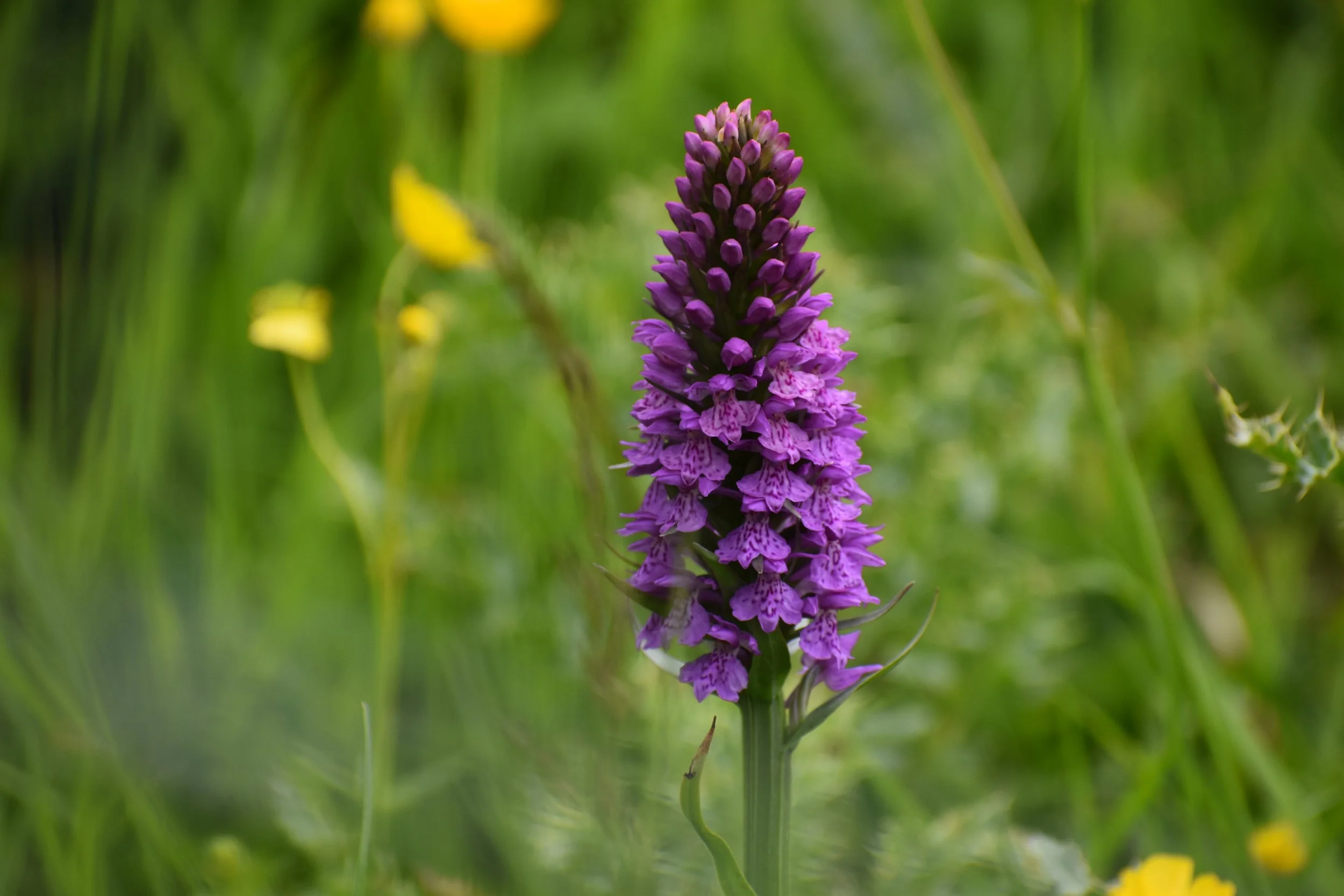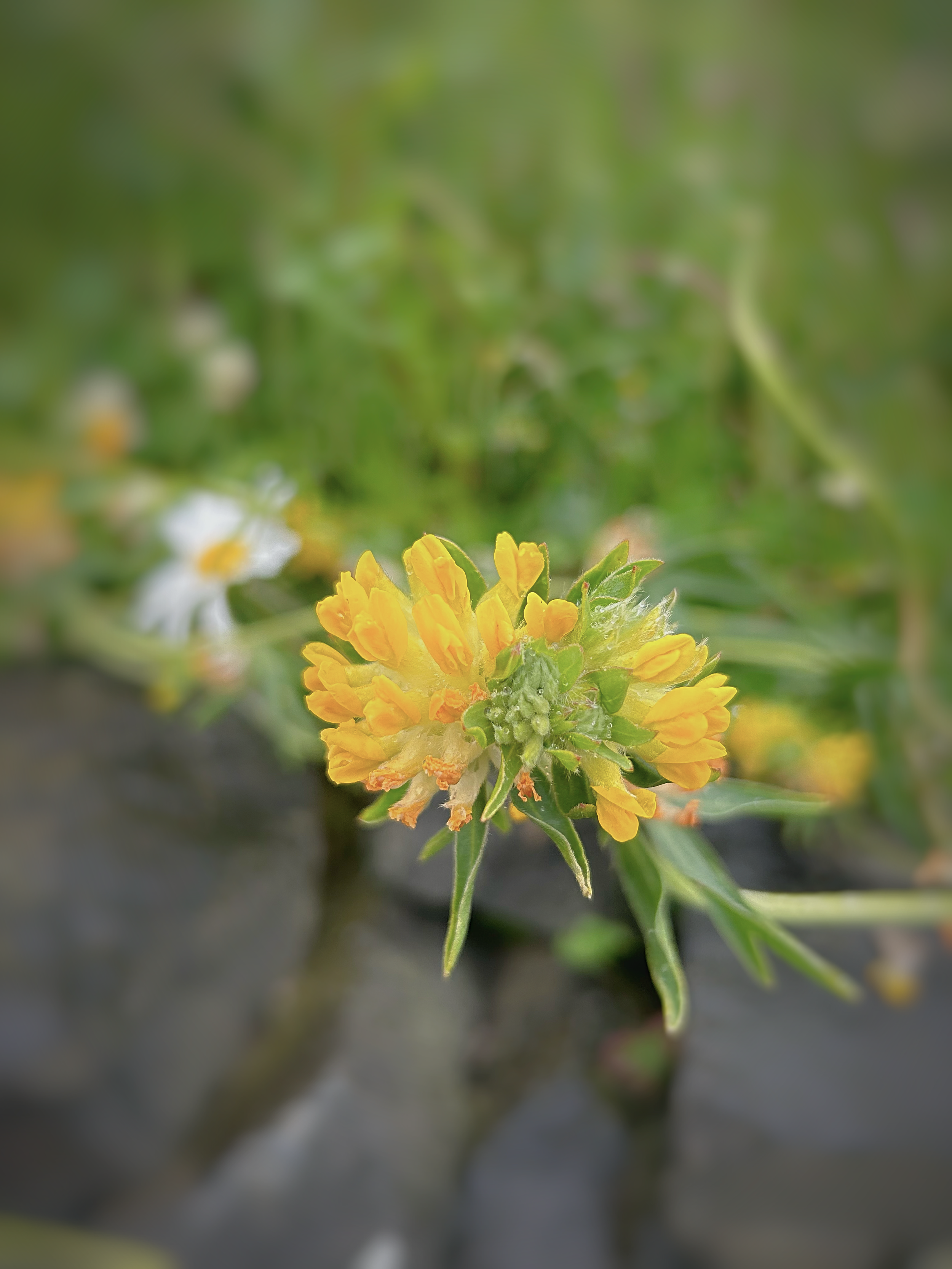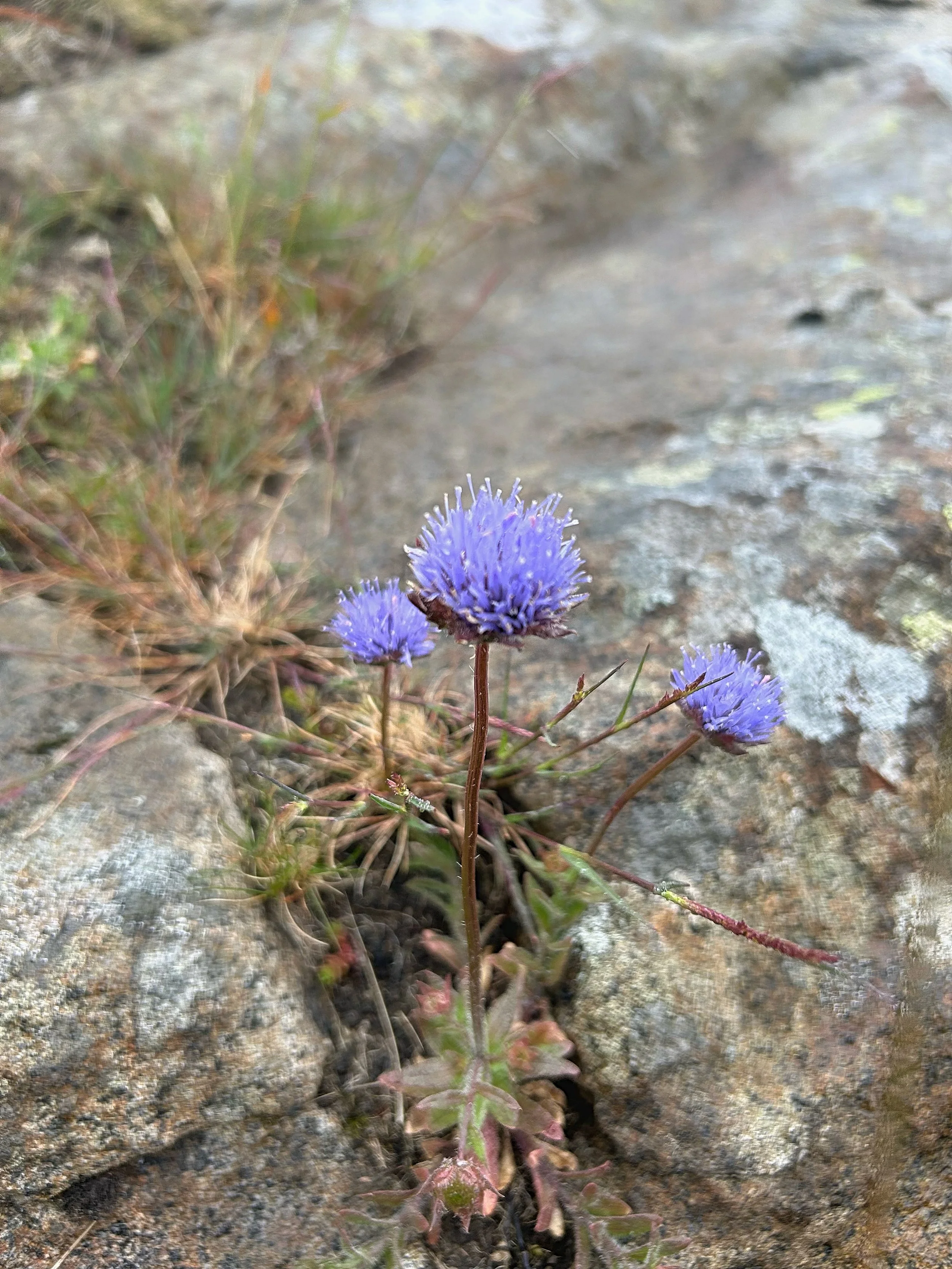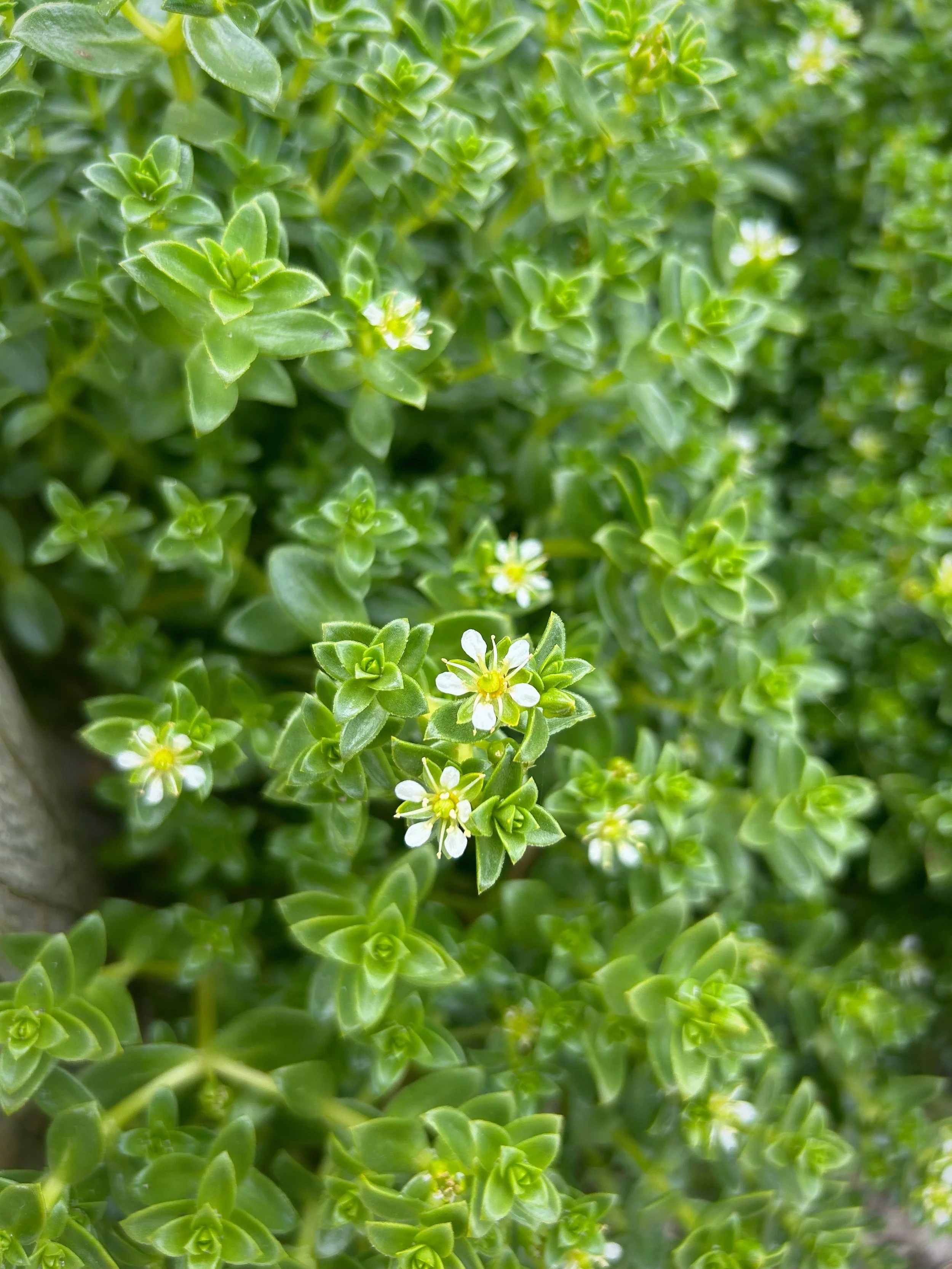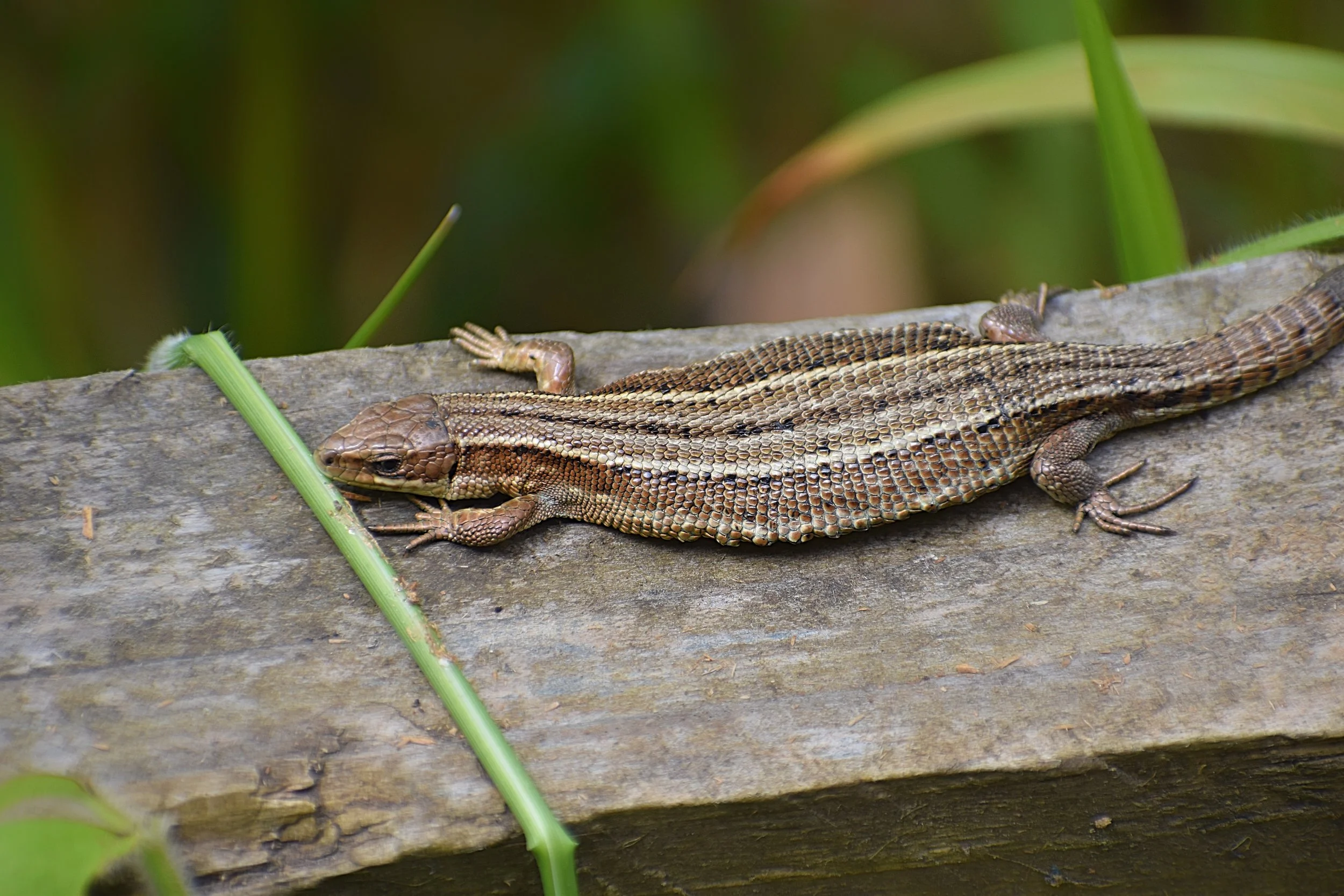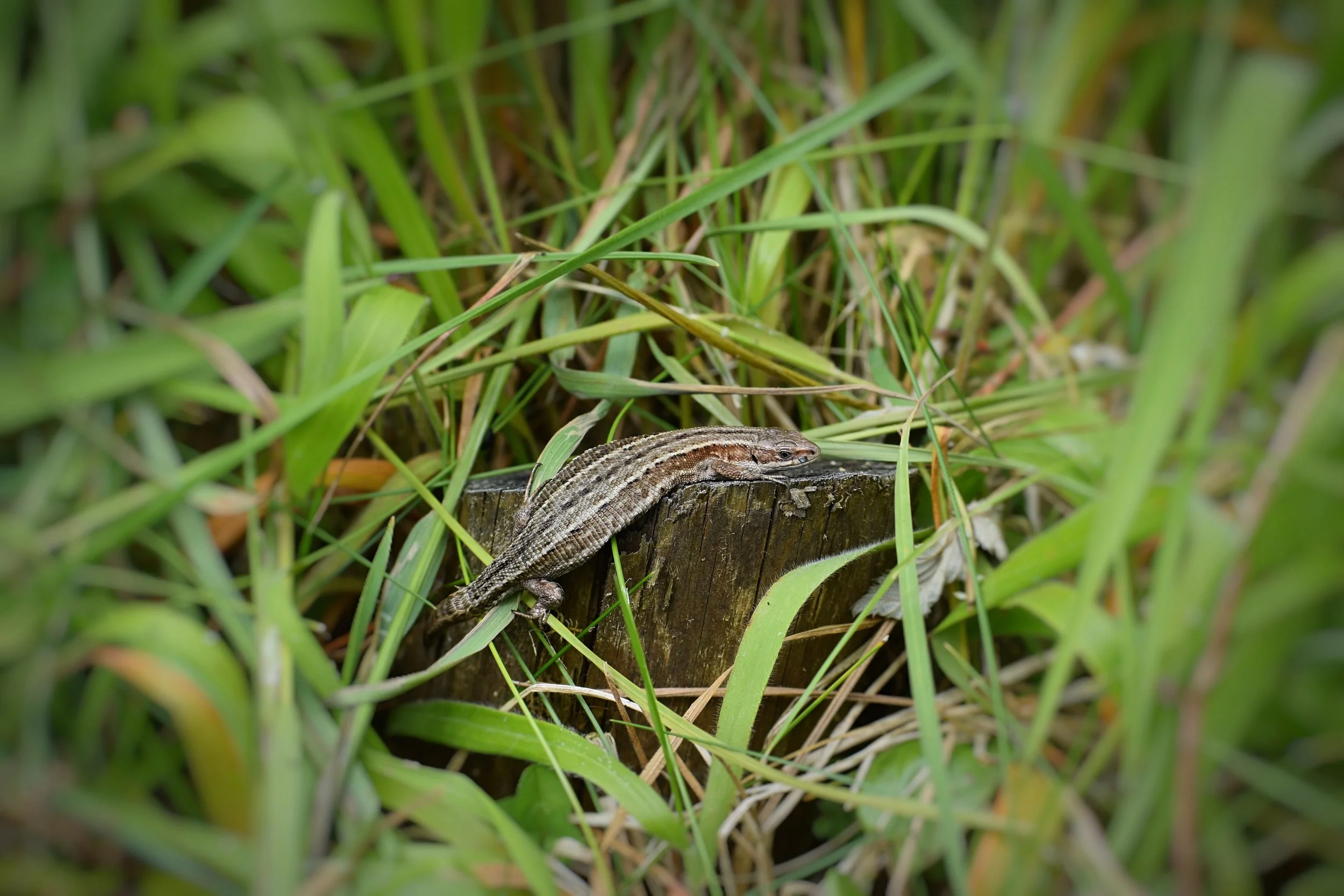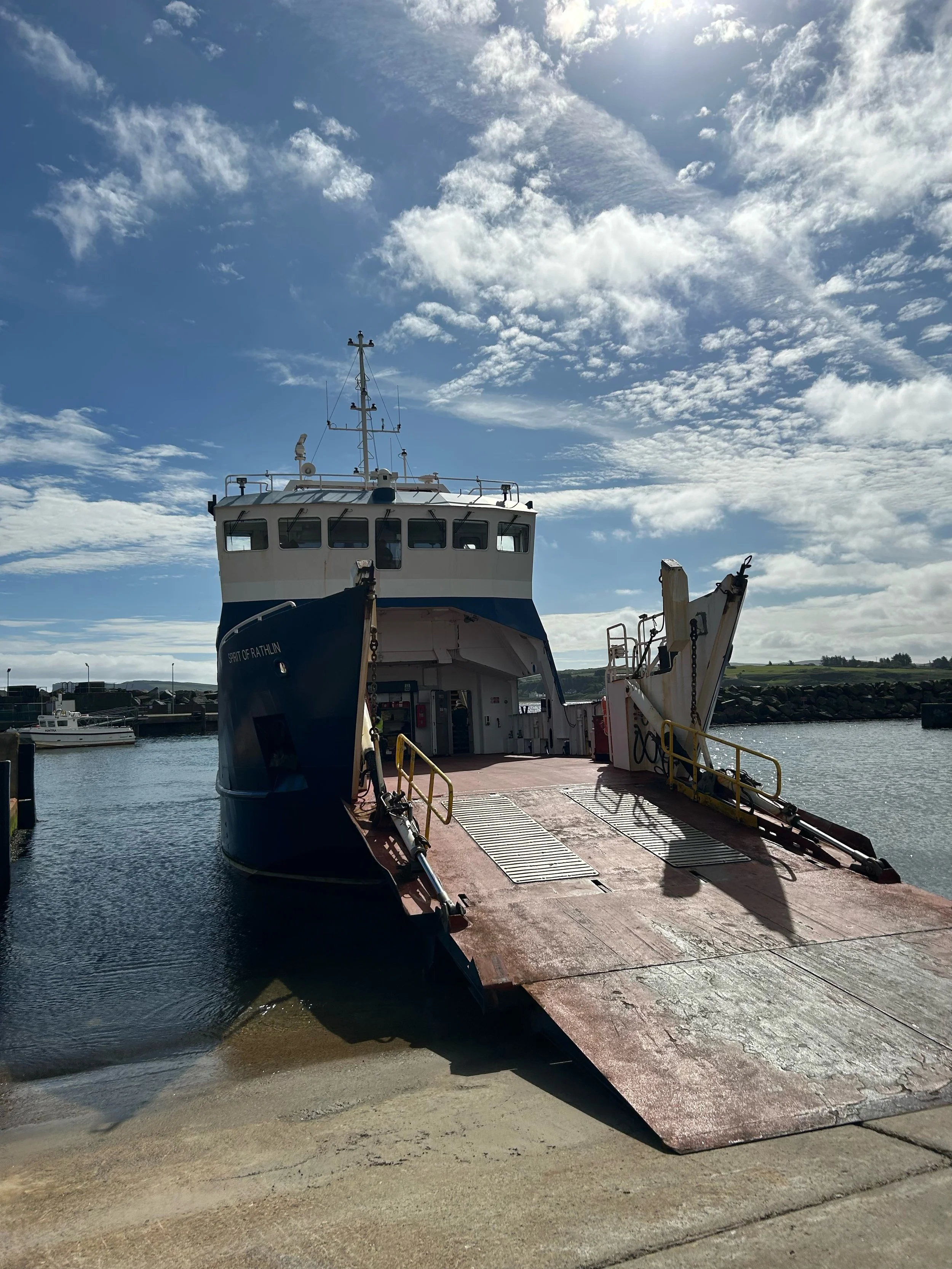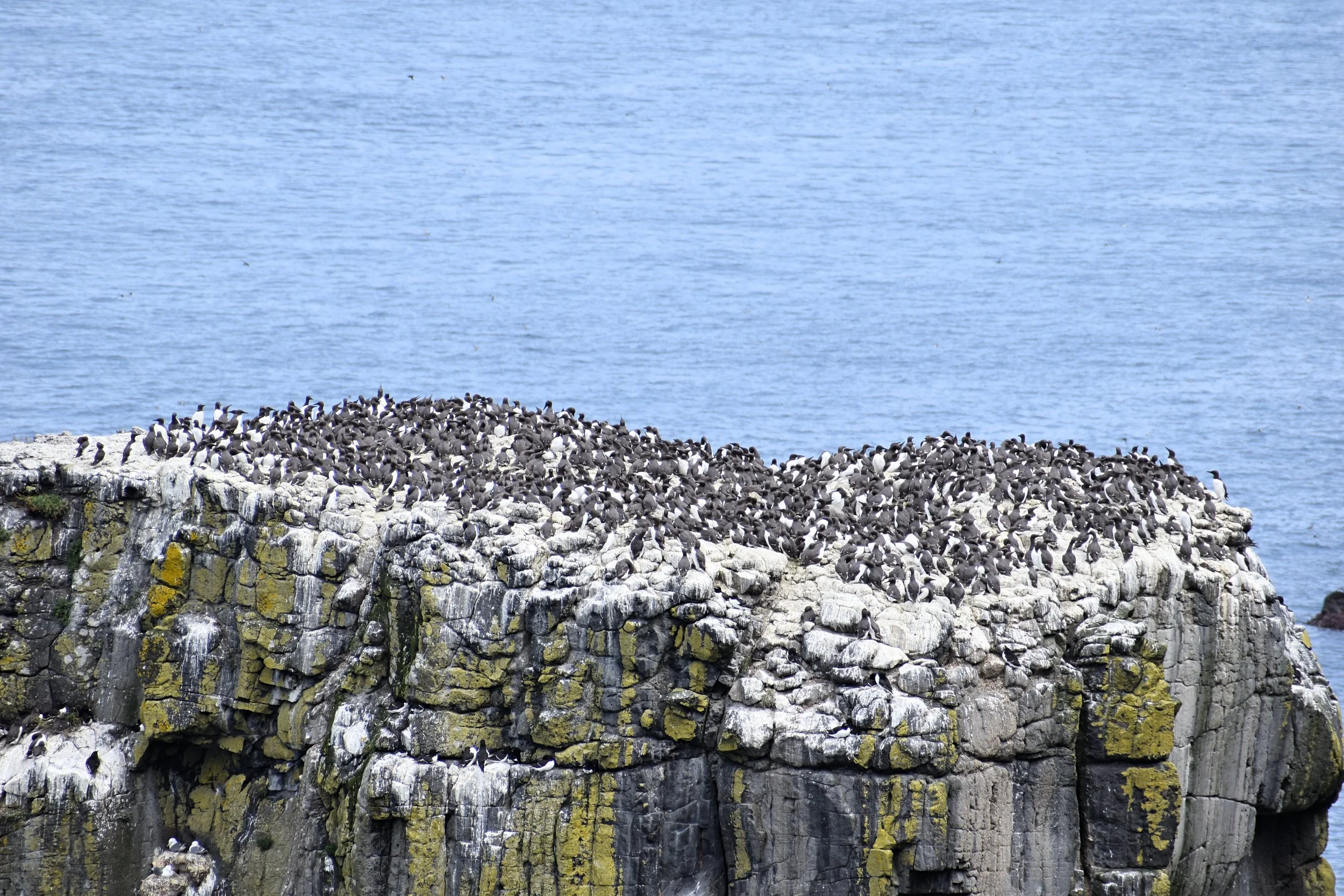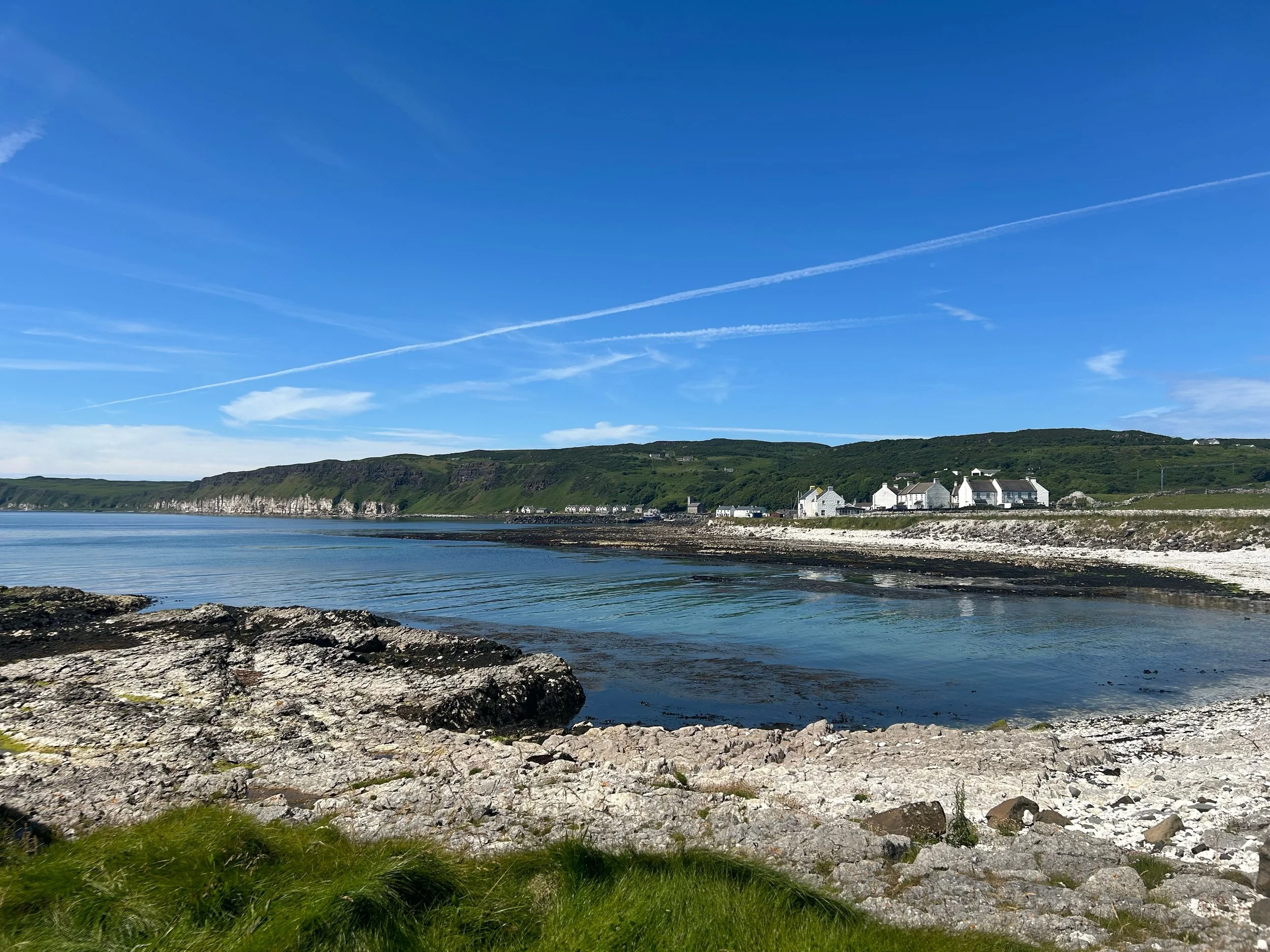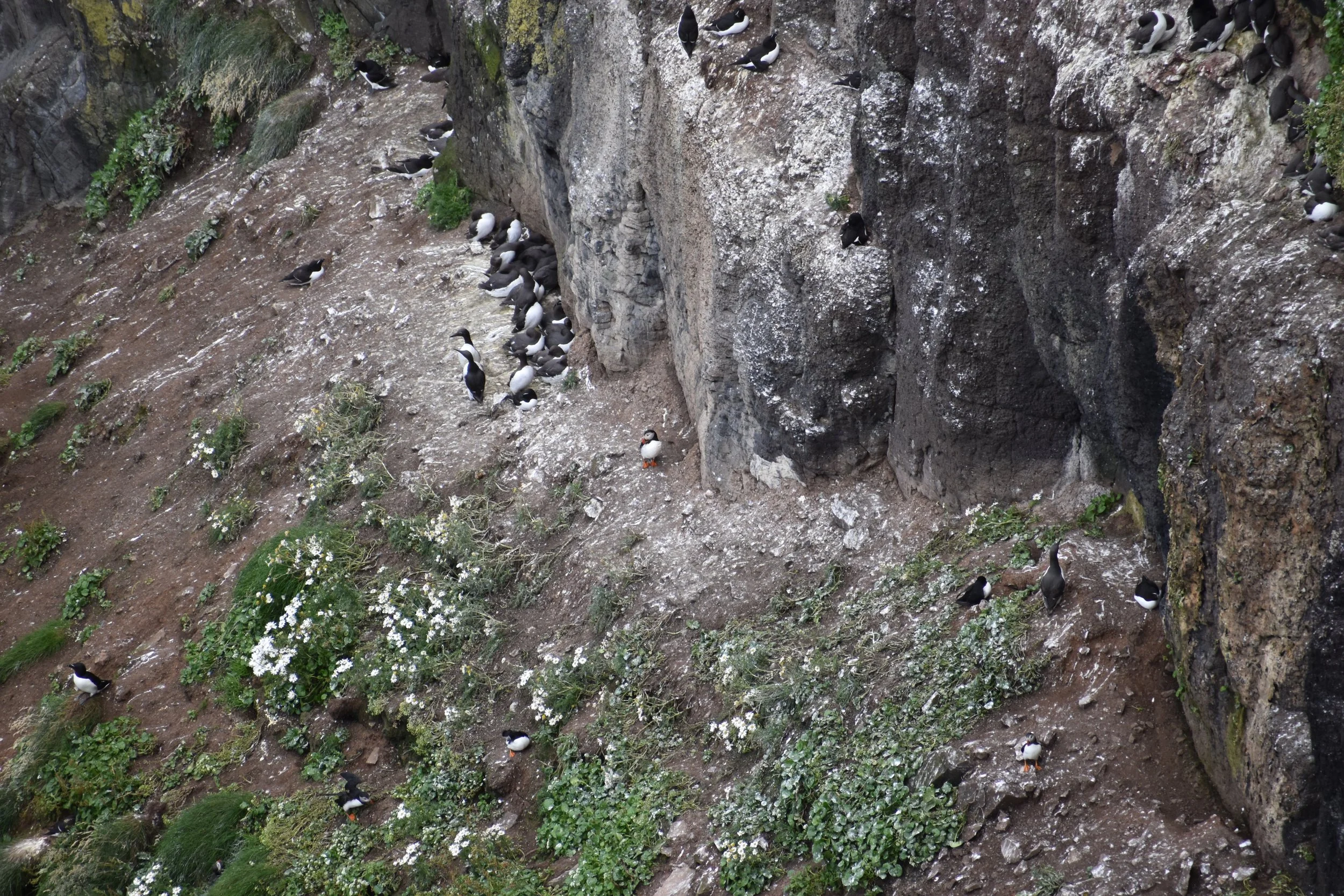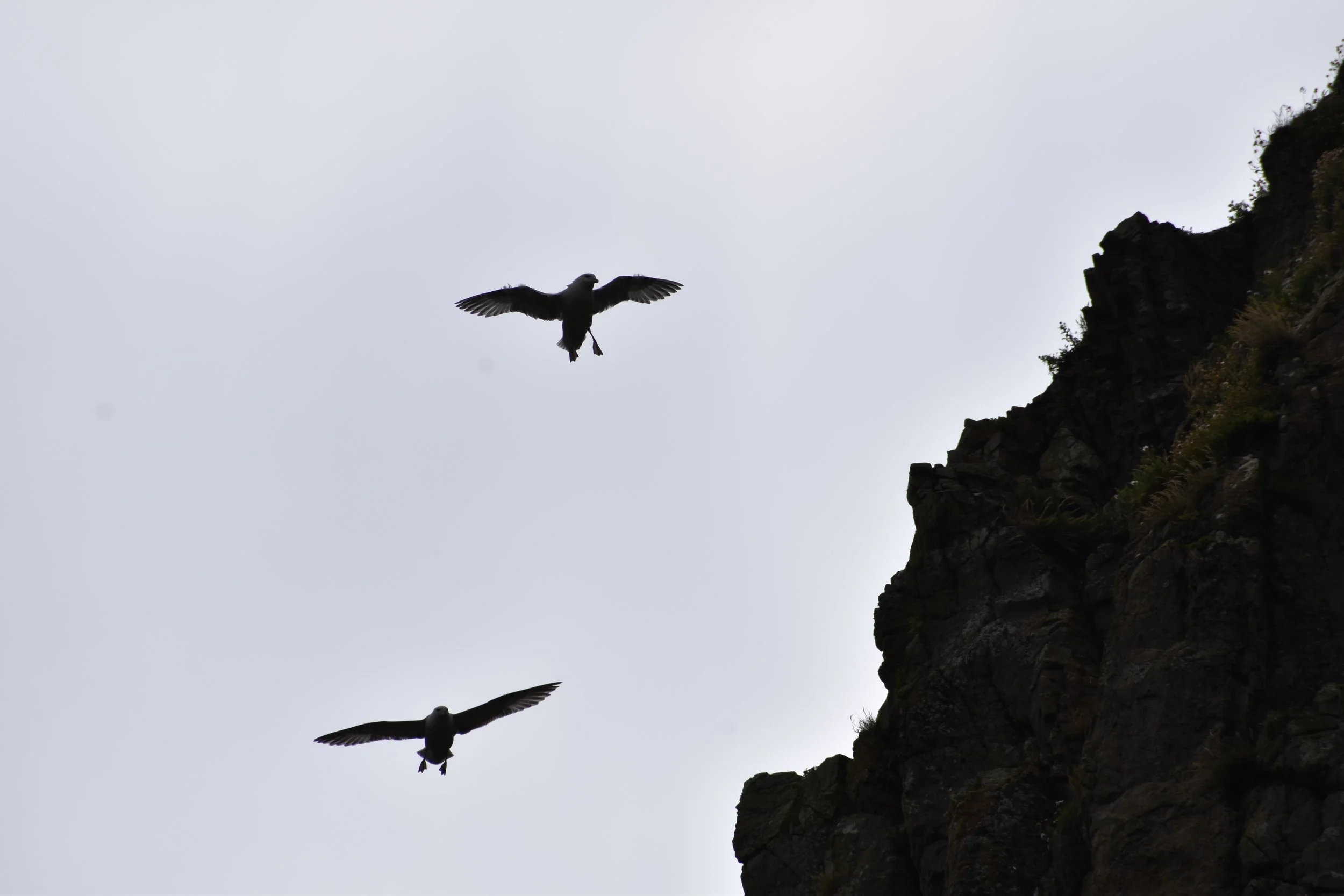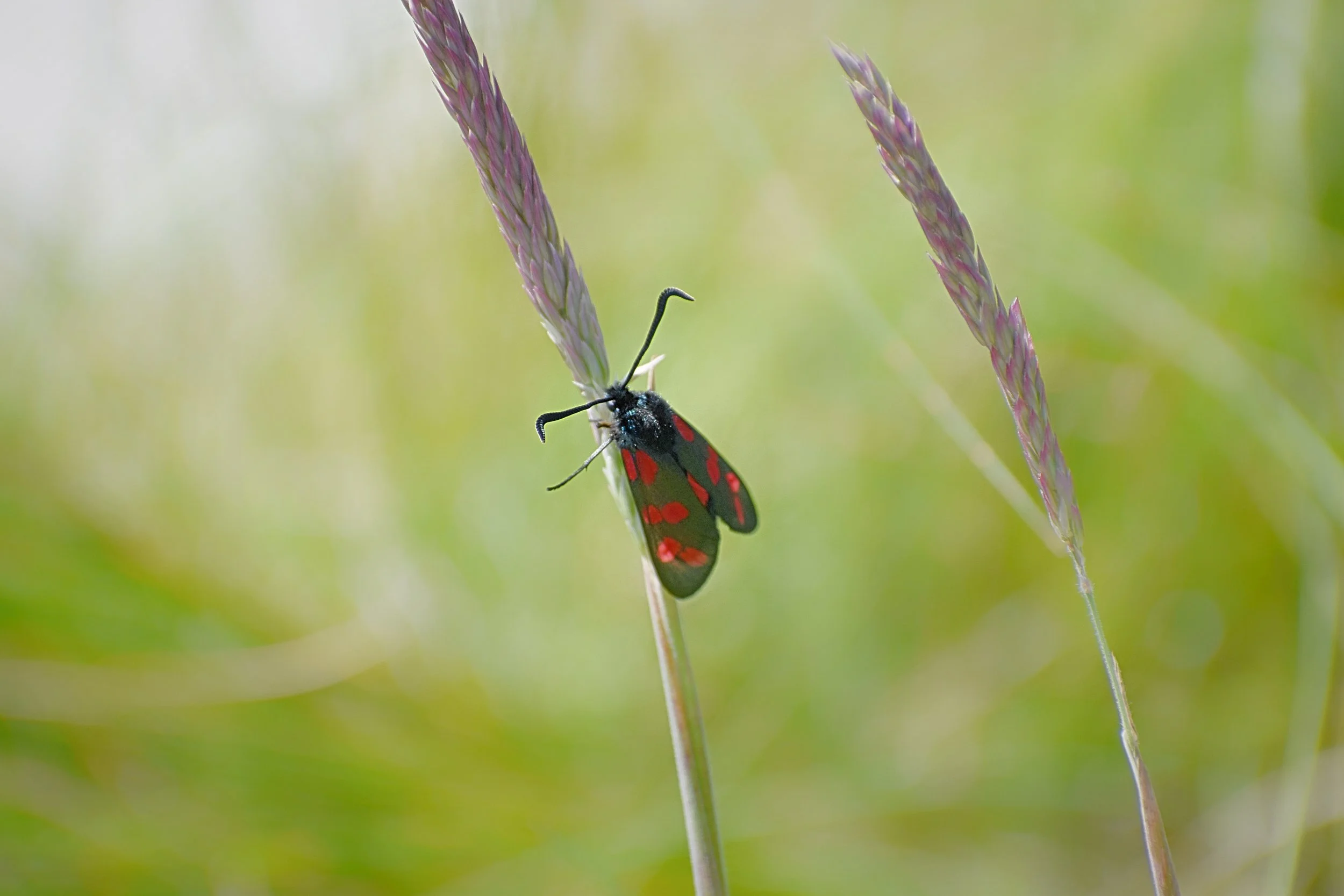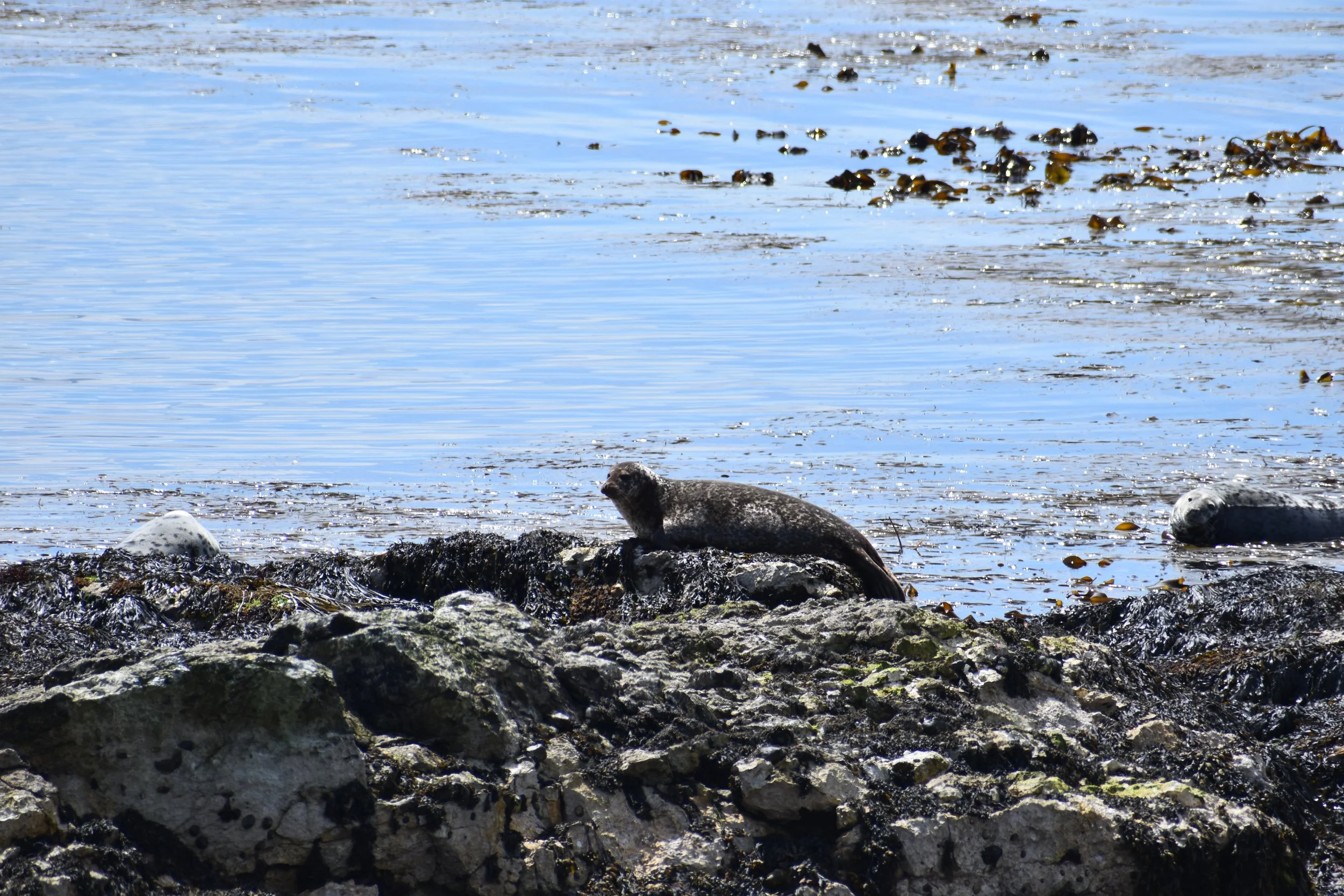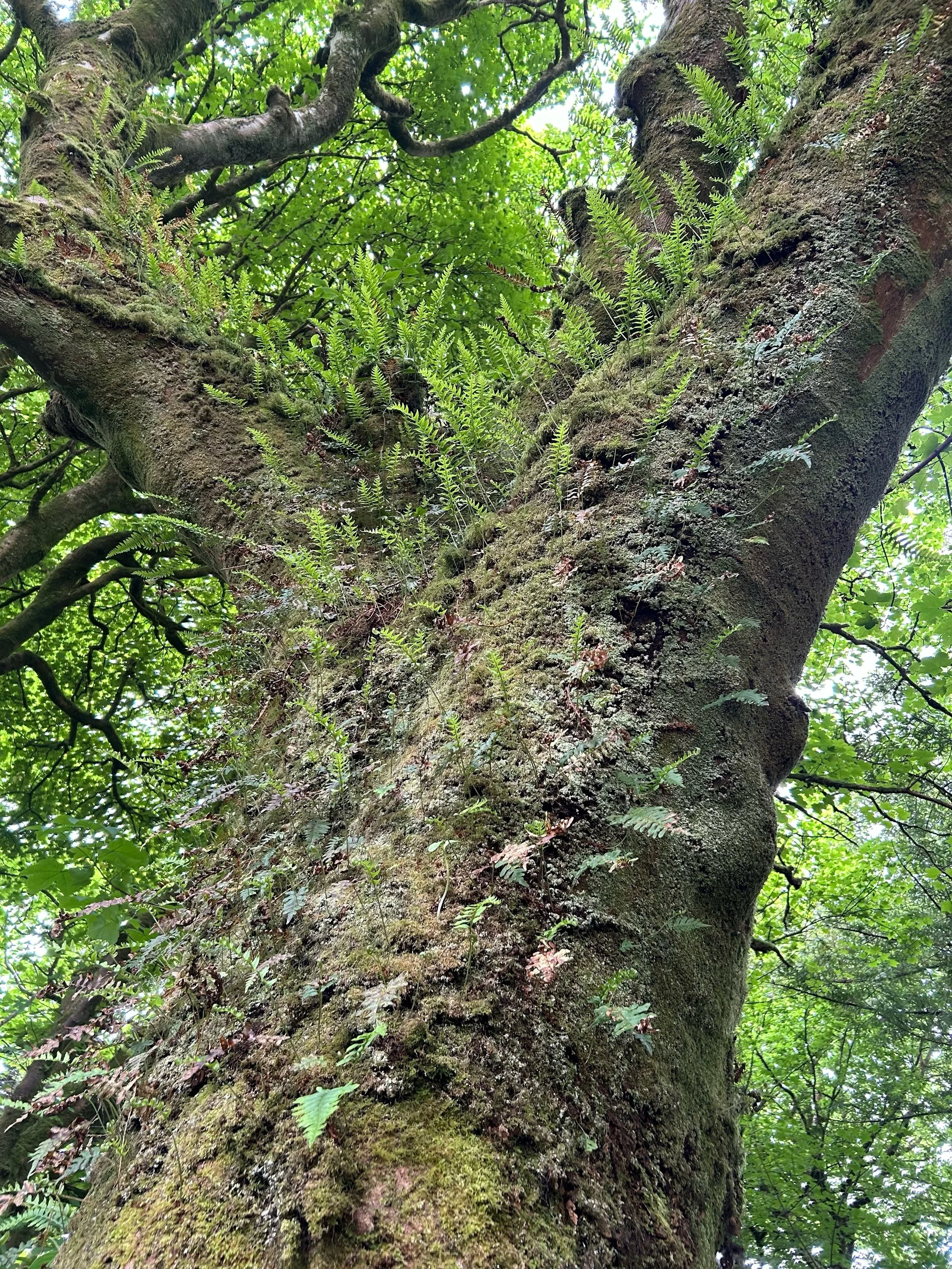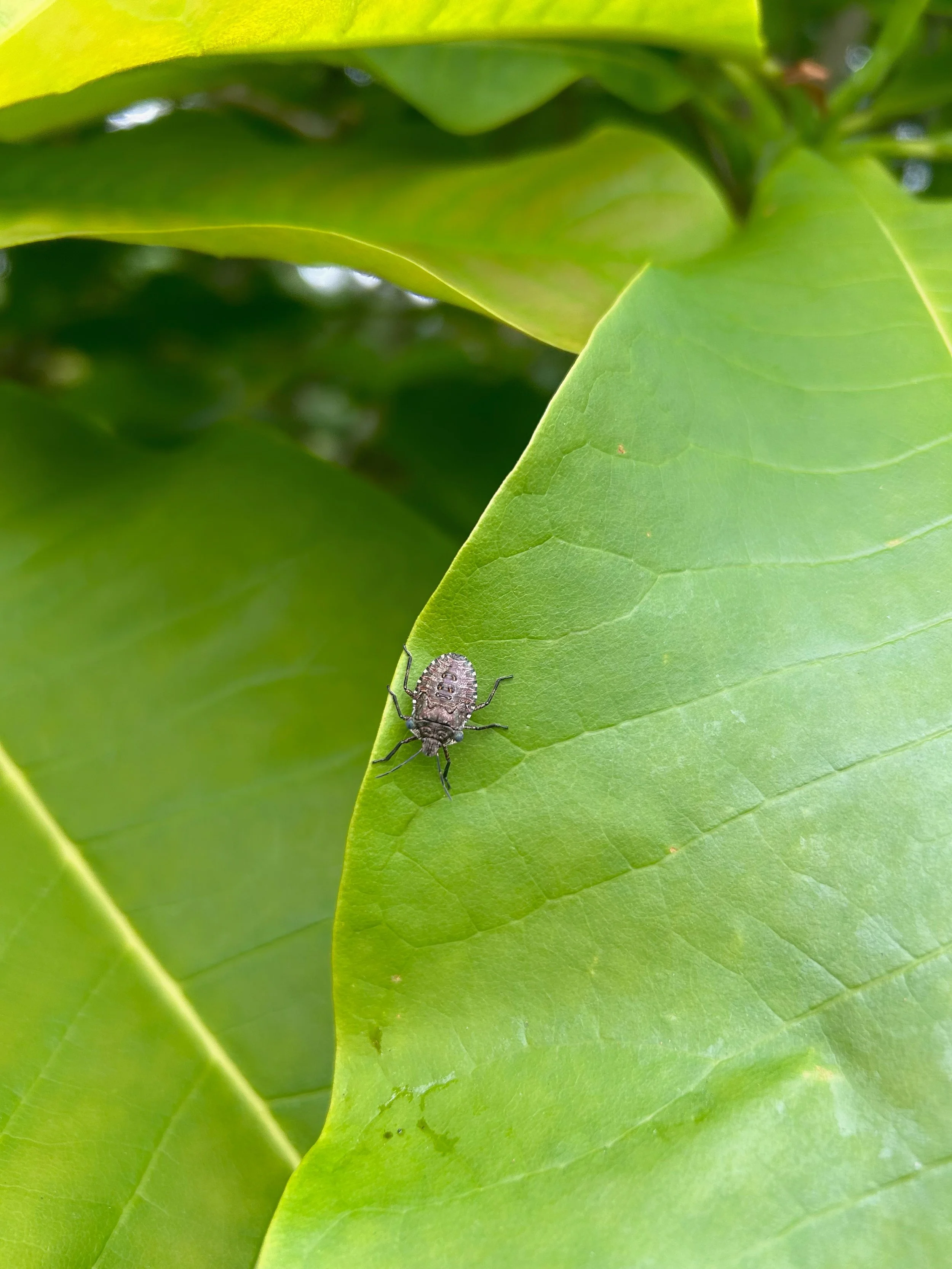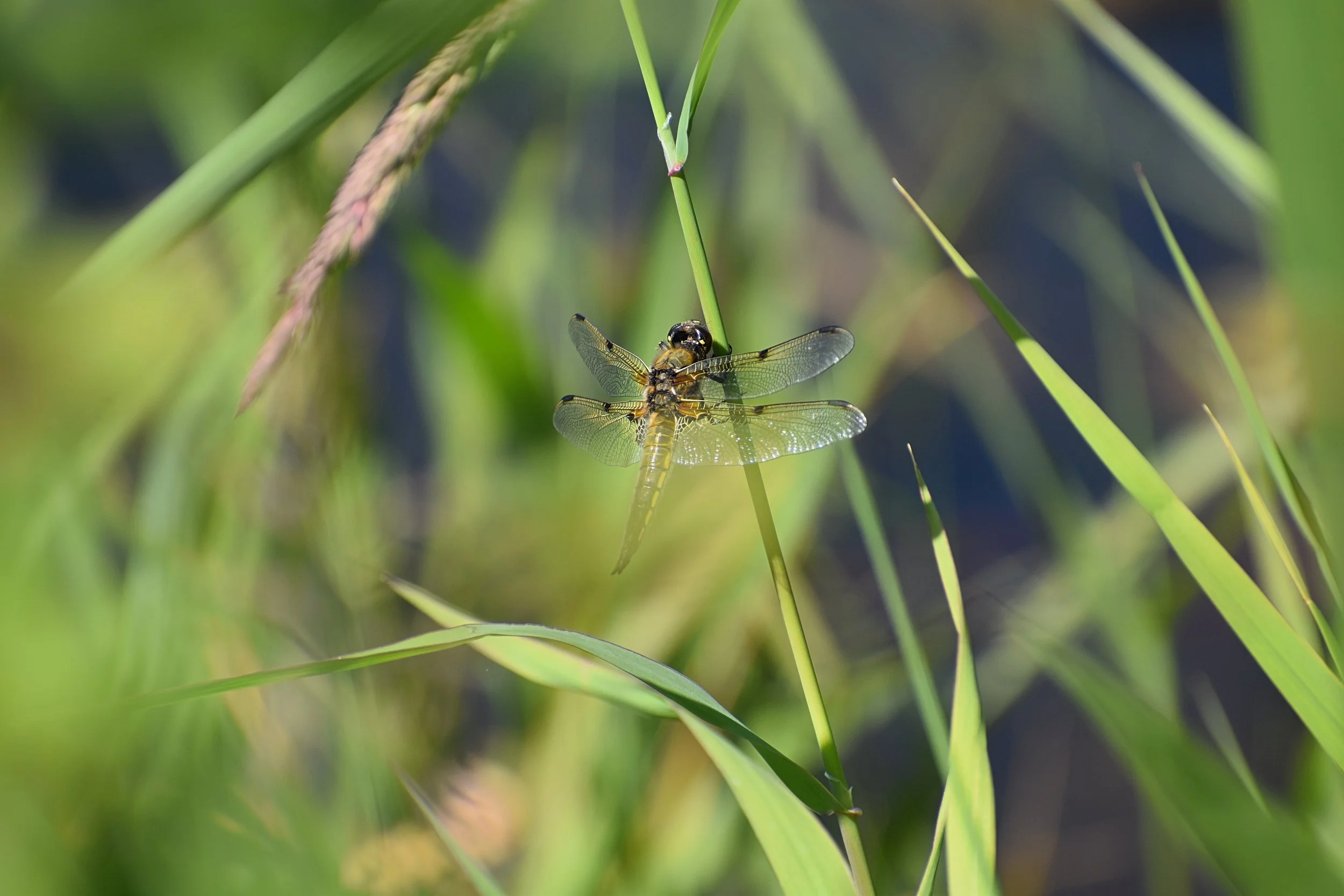It has been almost a year exactly since my last Irish voyage but for this year’s trip the focus was on staying solely north of the border. A journey that would stretch from Belfast to Derry with a traverse along the northern coastline in search of clifftop colonies, tranquil beaches, picturesque estuaries and some of the UK’s most enchanting wildlife, before finishing up at Strangford Lough in County Down.
Whichever part of the Northern Irish coastline you decide to hone in on, you will not find yourself disappointed. Taking in the Glens of Antrim, The Causeway Coastal Route starts at Belfast and runs all the way through to Derry/Londonderry on the border with the Republic of Ireland. It is studded with gems throughout, most of which sit around the 55 degrees north latitude line just like the North East of England so there are inevitable similarities in the landscape. The Northern Ireland countryside can in many ways be compared to rural Northumberland but I was certain that the wildlife there would throw up more than a few surprises and that I would be able to see plenty of difference to the day-to-day of living in the North East.
The meadows at Cushendun, Castle Ward and Mount Stewart as well as the clearings in the Glenariff Forest were awash with orchids - June being a great time to witness peak flowering season. I even managed to pick out a few heath-spotted orchids on the very top of Fair Head cliff near Ballycastle, surviving in brutal weather conditions. This, along with swathes of common spotted, northern marsh and many hybrids made for a spectacular setting almost everywhere I went.
Northern marsh orchid (Dactylorhiza purpurella).
Kidney vetch (Anthyllis vulneraria).
Heath-spotted orchid (Dactylorhiza maculata) at Fair Head.
Sheep’s-bit (Jasione montana), a clifftop specialist.
Sea sandwort (Honckenya peploides), an edible coastal succulent.
A visit to The Giant’s Causeway ended up delivering one of the top wildlife highlights of the holiday. Here, naturally it is geology that would normally steal the show. But after following in the footsteps of the legendary giant Finn McCool along thousands of interlocking basalt columns, it was the return journey on the climb up the basalt cliffs that gifted a wonderful opportunity to snap an extraordinary reptile, basking in the stunted sunshine.
The common or viviparous lizard is as it suggests - common. But that is not a realistic indicator of how frequently you will see them and that is definitely the case for those of a northern locale like myself. One of three native lizards to the UK and Irelands only native reptile, the common lizard was a great find and a small group could be seen utilising the warm wooden path edging up a narrow track to the hilltop to increase their body temperatures for activating metabolism. What makes them really unique is that they are viviparous, meaning that they incubate eggs inside their bodies, giving birth to live young unlike other reptiles. It is likely that some of the females I saw here were pregnant at the time as they will usually give birth to up to eleven young in the month of July.
A common lizard at Giant’s Causeway.
The common or viviparous lizard (Zootoca vivipara).
Stonechat in the scrub.
Rock pipit at Giant’s Causeway.
A black guillemot (Cepphus grylle) with it’s striking black plumage and bright red feet.
For the second ferry crossing of the trip, it was a shorter and more panoramic experience with a constant twittering of seabirds and near unbroken blue sky horizon. Rathlin Island was the destination and this name is synonymous with breathtaking wildlife and nature. It is situated about six miles from the mainland and similar to the Farne Islands, upon approach you are welcomed by the generous tang of guano-covered sea stacks. Rathlin is home to one of the largest seabird colonies in Europe and the RSPB West Light Seabird Centre was the perfect point to observe the thousands of cliff-nesting birds. It was heaving with guillemots, puffins, razorbills, fulmars and gannets. The noise only equalled by the aroma. Local knowledge from RSPB volunteers spoke of peregrine falcons and the secretive corncrake being present in the immediate areas around the cliffs, but sadly no sightings that day.
Tales of Robert the Bruce fleeing here and island residents of various cultures such as Celtic tribes, Vikings and Norman conquerors added to the complex charm of Rathlin. I had my heart set on photographing the famed Irish hares on the island, a subspecies of the mountain hare. Rathlin is even home to a remarkable variation of the Irish hare - golden hare. A small minority of the Irish hares here are now a local oddity with their unmistakeable golden fur and striking blue eyes. Sadly, it wasn’t to be on this occasion but here’s hoping for next time.
The bulging mass of grey seals dotted with the occasional harbor (or common seal) was a sight to behold at Church Bay whilst waiting for the ferry back to Ballycastle and more than made up for the lack of hare sightings. The snorting and chortling coming from the large, crabby males added plenty of comical value.
I came away believing that a week could be needed in the future to fully explore this magical island and capture the ampleness of wildlife it has to offer. It is always a good feeling to leave a place wanting more though, and this was certainly the case for Rathlin - a perfect concoction of maritime grasses, salt marsh and awe-inspiring bird numbers.
The Spirit of Rathlin ferry.
The RSPB reserve on Rathlin Island.
Ringed plover in the rock pools (Charadrius hiaticula).
A colony of guillemots on the sea stacks of Rathlin.
Views of Rathlin Island.
Puffins, guillemots and razorbills nesting at the RSPB Seabird Centre.
Fulmar silhouettes.
A six-spot burnet moth (Zygaena filipendulae) in the coastal grasslands on Rathlin.
A grey seal ‘haul-out’ site at Church Bay, where the seals come ashore to rest, moult and breed.
A harbor seal (Phoca vitulina).
Female eider duck with juvenile.
In contrast to the countless miles of coastland wonder, Glenariff Forest offered something different entirely. Spectacular river gorge walks, waterfalls and wet woodland creating the perfect environment for mosses, ferns and liverworts to thrive in has been declared an Area of Special Scientific Interest because of its rare plant species. These include slender silver-moss, bordered thyme-moss, yellowish fork-moss, St Patrick’s cabbage, hutchins’ hollywort and lesser rough earwort. Glenariff is the largest area of undisturbed semi-natural woodland in County Antrim, dominated by ash, willow and hazel. Red squirrels, buzzards, lush greenery and a haven for insects, the forest is a real place of wonder with a genuine temperate rainforest feel to it - not something you get to immerse yourself in everyday.
A liverwort known as snakewort growing on the rocks dampened with waterfall spray at Glenariff.
Chaffinch in the woodland.
Sycamore with epiphytic ferns and mosses in Glenariff Forest - a possible indicator of a temperate rainforest zone.
Red-legged shield bug (Pentatoma rufipes).
An opulent looking four-spotted chaser dragonfly (Libellula quadrimaculata) taking refuge.
Our final stay was situated right on the shores of Strangford Lough. You know you are onto a winner when the owner of the cottage offers you a moth trap for the week. Now this is someone speaking my language! It’s not often that you get to survey moth species on the edge of the largest sea lough in the British Isles. Mottled beauty, straw dot, common marble, green budworm, olive pearl and ingrained clay to name a few - not bad at all. But it was in this very cottage that I witnessed a new first for me, and it sounded just like a garden gate desperate for some WD40.
Fast asleep one night I woke suddenly to a strange sound seemingly coming from both ends of the cottage. I had to double take as when I hear something as rare as this I always doubt myself, and convince my subconscious that I am simply hearing what I want to hear.
This time my assumptions were correct though, it was the classic ‘squeaky gate’ sound of a juvenile long-eared owl calling for food. Or in this case, two squeaky gates.
The long-eared owl is fairly common in Ireland, but back home this is not the case and I have only ever heard one once, and never have I actually seen one. They are silent for most of the year, only ever being heard in the breeding season but when chicks are feeling ravenous they will give away their location with nonchalance. Each night, the expertly camouflaged parents would swoop down into the garden to perch before bringing prey to their young, often on the roof of our accommodation. It was important not to risk disturbing them with a camera flash but I did manage to get a few seconds of very amateur footage from a surprise encounter as I opened the conservatory door one evening. One that is best played in slow-motion.
Nature often gives you one of those monumental, slap in the face moments. Usually when you are least expecting it.
This was definitely one of them.


